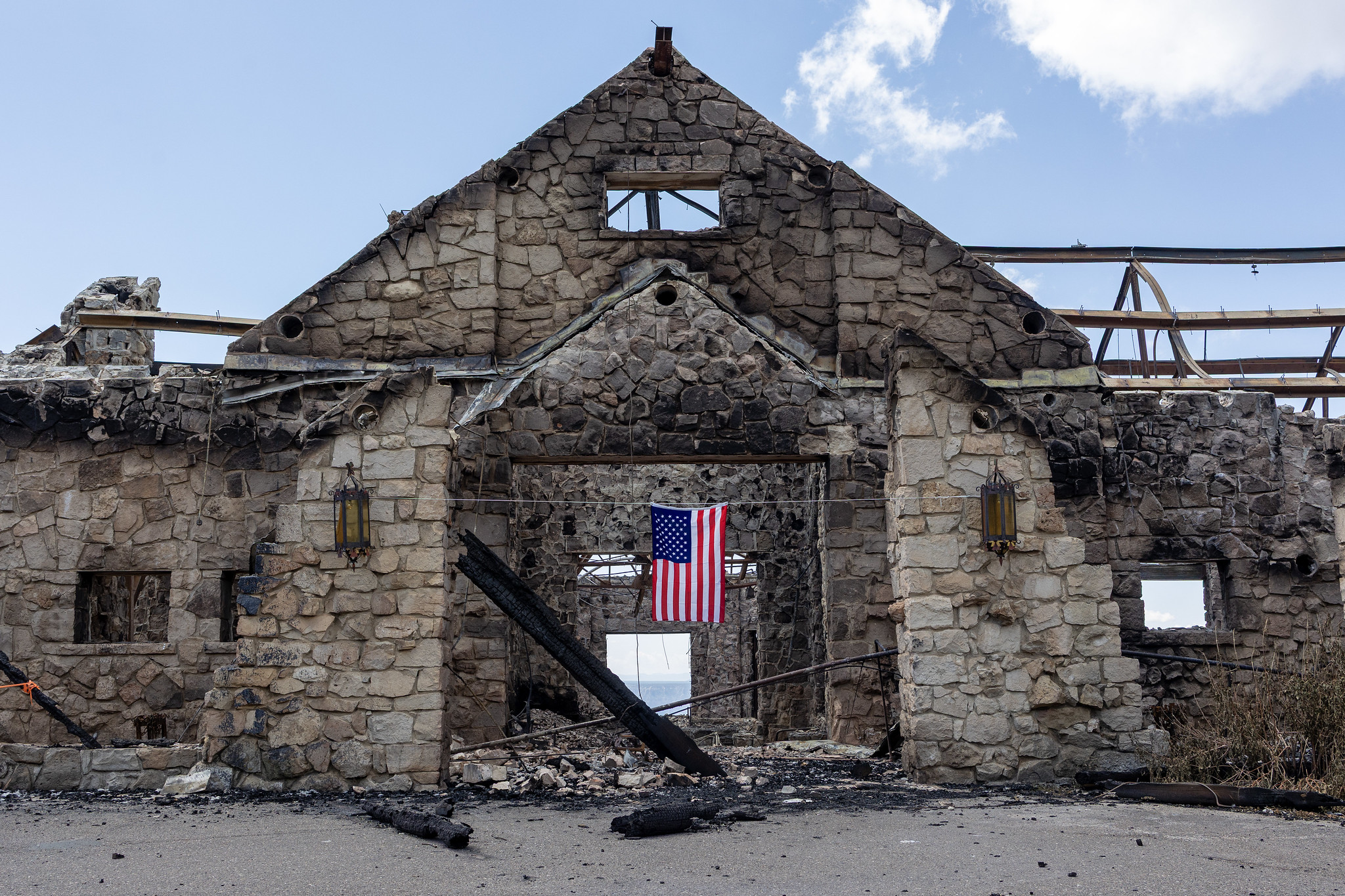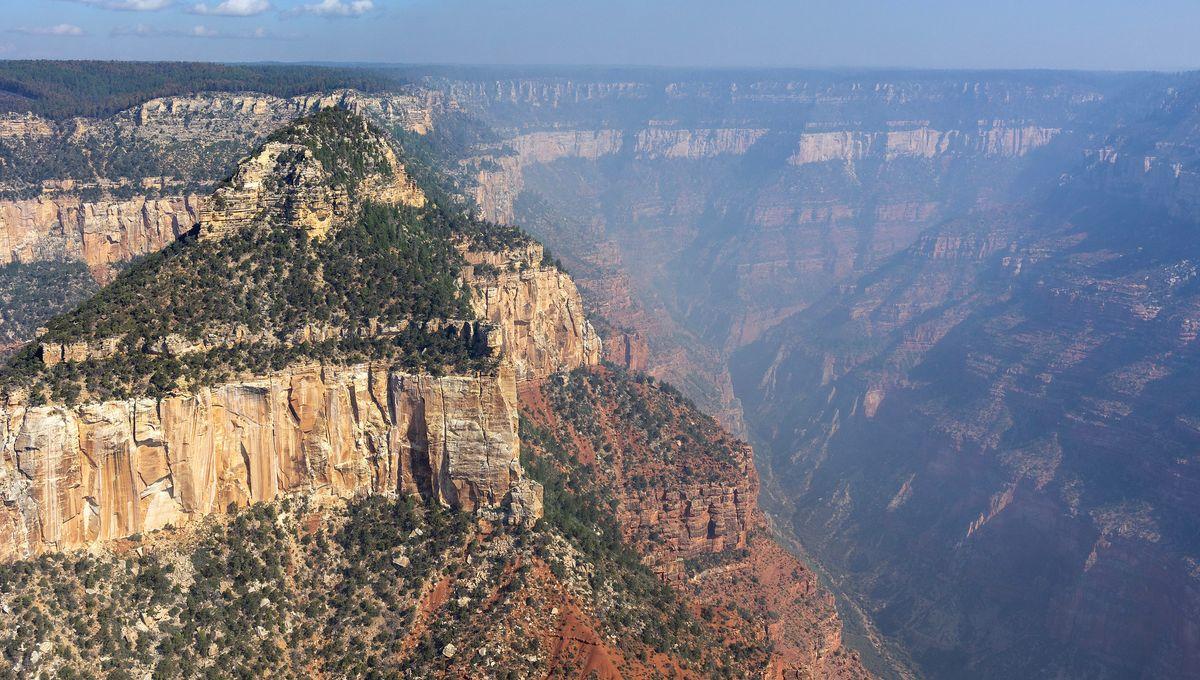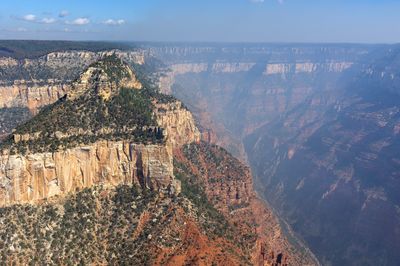The largest wildfire currently burning in the US is sweeping through Arizona’s Grand Canyon National Park, scorching more than 51,000 hectares (126,000 acres) and blanketing the surrounding area in thick smoke. To make matters worse, hot, dry conditions continue to fuel the flames as ominous “fire clouds” loom overhead.
The fire, named the Dragon Bravo Fire, was sparked by a lightning strike on July 4, 2025, and continues to spread as of August 6. It's been dubbed a "megafire" as it encompasses more than 40,400 hectares (100,000 acres), although there's no strict, scientific definition of that term. Located in the Grand Canyon North Rim, just over 1,200 personnel are currently trying to tackle the flames, just 13 percent of which are currently contained, according to an official update. The North Rim will remain closed for the rest of the 2025 season due to damage and losses from the Dragon Bravo Wildfire, while the Inner Canyon remains off-limits because it is still filled with smoke. It’s incredibly hot and dry in the region at the moment, with temperatures reaching up to 46°C (115°F) in some parts of the Grand Canyon National Park. Although humidity is rising, it’s highly unlikely that a downpour of rain will bring any relief to the situation. Together with persistent wind, these conditions are literally fanning the flames of Dragon Bravo. Dozens of structures have already been destroyed by the Dragon Bravo fire in Grand Canyon National Park. The wildfire has grown so intense that it's created its own chaotic weather system. Last week, a fire information officer told The Associated Press (AP) that pyrocumulus clouds, also known as fire clouds or flammagenitus clouds, have been hovering over the region for at least seven days in a row. These dramatic-looking cumuliform clouds are created by intense heating of the air from the surface, typically from a wildfire or volcanic activity. The extreme heat forces hot air, smoke, and moisture rapidly upward, where it cools and condenses to form towering, anvil-shaped clouds. Large ones can be powerful enough to produce lightning, strong winds, and downdrafts – which, in turn, can make the problem worse. It’s a vicious circle: the wildfires are helping to generate a type of cloud that produces wind and lightning, which is likely sparking more wildfires, and so on. “Think of the fire as kind of like a hot-air balloon, so it adds buoyancy and things rise as a result. You get this towering thunderstorm over the fire, and just like any other thunderstorm, it gets really windy underneath it. Because it’s the West, these thunderstorms tend to be very dry,” Derek Mallia, an atmospheric scientist at the University of Utah who studies pyrocumulonimbus clouds, told AP. 





